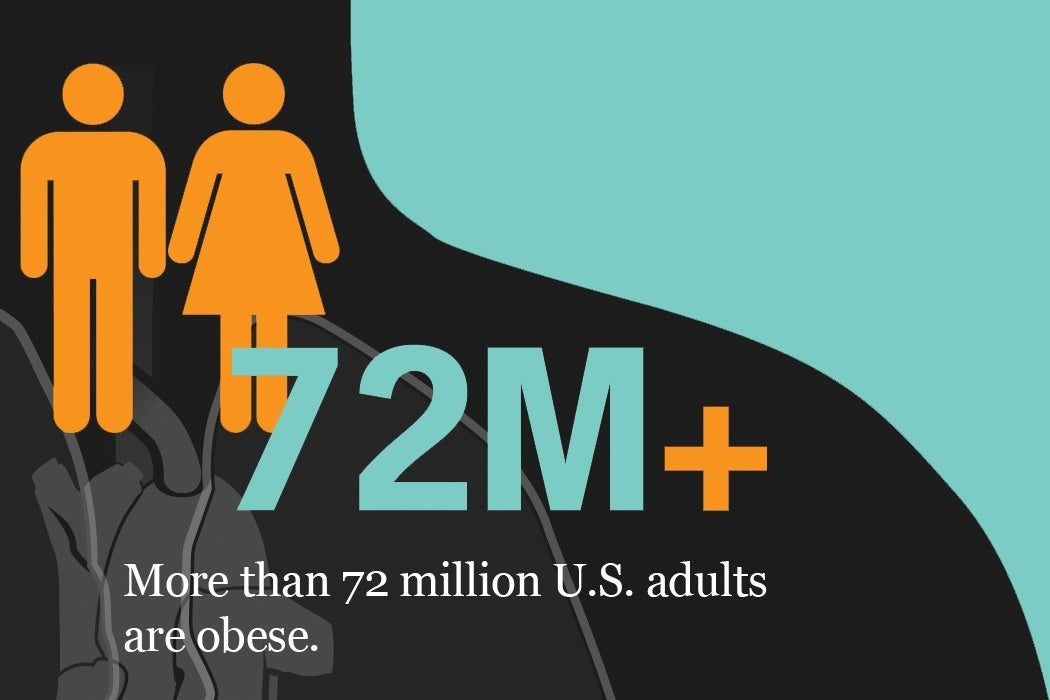An upside to reality TV: a long-term study of contestants on the weight-loss program “The Biggest Loser” is providing valuable data about the mechanisms of weight loss. Unfortunately for the show’s participants, most of the weight typically returns when the spotlight fades. The reason has nothing to do with willpower or motivation. Weight loss, extreme or mild, triggers such extreme declines in metabolic rate that the body becomes biologically incapable of burning enough calories to maintain the lower weight. At the same time, levels of the hormone leptin, which triggers feeling full, dropped to near zero. Thus, dieters face the double whammy of being unable to burn calories while constantly feeling starved.
The modern view of obesity research is to treat the condition as a chronic illness, rather than a moral failing. Following that logic, researchers have joined forces to search for an obesity vaccine. One approach, derived from limpets, triggers an immune response to the hormone ghrelin, which stimulates feelings of hunger. In rats, the vaccine successfully reduced appetite and overall body mass in rats. When ghrelin levels rise, leptin levels drop, and vice versa. The vaccinated rats also preferentially burned fat instead of muscle, an impact of the increased leptin levels. Thinner individuals tend to have higher leptin levels, so at least in rats this vaccine creates a positive feedback loop where the thinner rats have an easier time controlling their hunger.
However, no vaccine is yet fit for human use. Meanwhile, the “Biggest Loser” research shows that the body will fight tooth and nail to return to a preset body weight, whether that body weight is normal or dangerously unhealthy. In the absence of effective treatments, another approach seeks to prevent reaching a dangerous preset weight in the first place. To that end, researchers in Australia and the UK tested an intensive intervention for new mothers. Using home visits from highly trained nurses, the program sought to instill healthy life choices from infancy, or even during pregnancy. The program showed promise in reducing childhood (and probably adult) obesity, but not without drawbacks. The program is expensive, nor does it take into account a family’s income level or work commitments that limit the program’s effectiveness. Encouraging children to exercise is moot in a neighborhood with no park, for example.
The issues of weight loss and obesity are complicated, and a mix of environmental and biological factors are at play. What it should not be is controversial— the research is conclusive that willpower is irrelevant. Many of the participants dedicated their entire lives after the show to remaining thin, and even then it was simply impossible. As science comes closer to understanding weight loss, we’re one step closer to safe, effective options for healthy weight management. It’s a biological problem, and it will require a biological solution.







